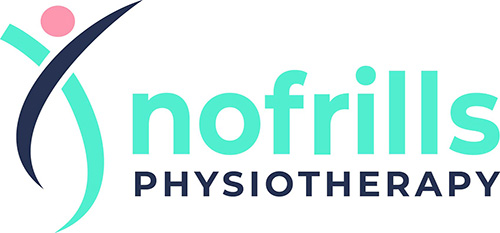Services
Functional training to improve quality of life by enhancing movement.
Functional Training develops the strength, stability, endurance, and flexibility needed for daily activities.
Functional Training
Functional fitness exercises train your muscles to work together effectively, preparing you for daily tasks by mimicking the basic movements you perform at home, work, or during sports.
Achieving Balance in Your Body
The initial step in functional fitness involves learning how to control and balance your body weight. It’s not unusual to see gym enthusiasts who can leg-press 100kg yet struggle with the muscular control needed for a one-legged squat.
Basic exercises like one-legged squats or step-ups require you to manage your body weight as you lower and lift yourself, fostering balance and muscle coordination on both sides of your body.

Importance of Form
Many exercises and equipment are promoted as functional training. Remember that functional exercises are neurologically more demanding than machine-based exercises, as they require focus to perform quality repetitions. Consult a fitness trainer to determine your fitness level, find the right exercises, and learn the correct execution.
Rather than training to the point of muscle fatigue, your set should end when you can no longer maintain perfect form while performing the exercise.
5 Key Movements in Functional Fitness
Bend-and-lift
In the gym, we refer to it as squatting, but in daily life, it’s as straightforward as sitting down and getting up from a chair or bending to pick up a bag of groceries. Bend-and-lift movements require strength in the glutes, quads, and hamstrings, along with stability in the core and flexibility in the knees and ankles.
Single-leg
In everyday life, single-leg movements are essential for activities like walking and climbing or descending stairs. They also come into play when you bend and reach forward on one leg to pick something up from the floor. Similar to bend-and-lift movements, single-leg exercises demand a combination of strength, stability, and flexibility, along with an added requirement for balance as your center of gravity shifts.
Pushing
Pushing movements usually engage your upper body in various directions: pushing forward (like opening a store door), pushing overhead (such as placing an item on a high shelf), or pushing to the side (like lifting your torso from a side-lying position). Our functional trainer will guide you in mastering these pushing movements through exercises like push-ups, overhead presses, and side planks.
Pulling
Pulling movements in everyday life can include actions like shutting the car door, retrieving sheets from the top shelf of the linen closet, or lifting your suitcase off the floor. If you experience discomfort while performing these tasks, our instructor will assist you in building core stability, strengthening your back and shoulders, enhancing shoulder blade stability, and improving shoulder flexibility.
Rotational
Your thoracic spine rotates with every step you take, as well as whenever you swing a golf club or tennis racket. Any time you reach across your body or twist your spine, you are performing a rotational movement. This complex pattern requires significant core stability and strength to support the spine during rotation.
Office
279 Tanjong Katong Road
Singapore 437062
Monday to Friday : 9am – 8pm
Saturday : 10am – 7pm
Sunday : 10am – 6pm
Services
Knee Pain
Shoulder Pain
Neck Pain
Elbow and Wrist Pain
Ankle and Foot Pain
Stretch Therapy
Sports Therapy
Women's Health
Contact
(+65) 9007 1085
hello@nofrillsphysiotherapy.com
Address: 279 Tanjong Katong Road
Singapore 437062
Other Physiotherapy Services
Shockwave Therapy
Dry Needling
Sports Massage
Functional Fitness
Workplace Health
